The Houthi missile first penetrated the outer defense layer and approached the US warship, forcing it to activate its final defense layer to shoot it down.
Yemen's Houthi forces announced on January 31 that they had launched a series of cruise missiles at the US destroyer USS Gravely in the Red Sea, to show support for Palestine and "protect the country and people of Yemen". The US Central Command (CENTCOM) said it had intercepted a Houthi anti-ship missile, with no casualties or damage reported.
CNN news agency on the same day quoted four anonymous US officials revealing that a Houthi missile penetrated two outer defense layers and approached the USS Gravely within a range of more than 1.5 km, forcing the ship to activate its Close-In Weapon System (CIWS) to shoot it down.
CIWS is the last line of defense for the USS Gravely. This is the first time a US warship in the Red Sea has had to activate its CIWS to counter a Houthi attack. Previous missile and drone attacks by the armed group were intercepted at a distance of 12 km or more.
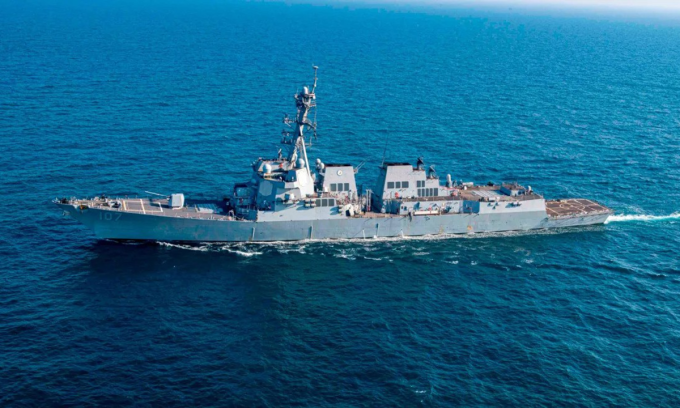
The US destroyer USS Gravely moves in the Arabian Gulf in December 2023. Photo: US Navy
Tom Karako, director of the Missile Defense Project at the Center for Strategic and International Studies (CSIS), said the fact that the Houthi missiles were able to get so close to the US warship was a worrying sign. Even slow cruise missiles can travel more than a kilometer in just a few seconds, so the commanders on the US warship would not have much time to react if faced with an attack at such close range.
Iran, the Houthis' main backer, is believed to have transferred to the group a number of tactical intelligence and surveillance systems, allowing them to more accurately target cargo ships and warships in the Red Sea.
However, an unnamed US official said that the Houthi missile's penetration through the USS Gravely's outer defenses was not a sign that the group's attacks had become more sophisticated, but did not give a specific reason.
Karako also said that the reason the US warship was in this situation could be because it had run out of interceptor missiles, after using a large number to deal with the recent continuous attacks by the Houthis. "US warships only have a limited number of missiles, so they cannot continue to resist like this," he said.
The US and its allies have recently abandoned passive defense tactics and switched to conducting preemptive strikes, destroying Houthi missiles and UAVs before the armed group could launch them into the Red Sea.
CENTCOM announced on January 31 that US forces had attacked and destroyed a Houthi anti-aircraft missile that was about to fire, after determining it posed an imminent threat to US aircraft over the sea. This is the first time the US military has targeted a Houthi anti-aircraft missile.
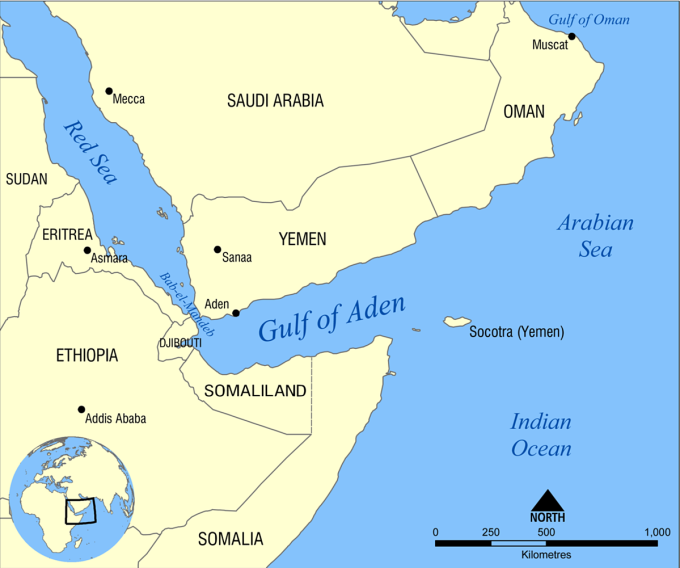
Location of Yemen and surrounding seas. Graphic: Wikipedia
Pham Giang (According to CNN )
Source link


![[Photo] Overcoming all difficulties, speeding up construction progress of Hoa Binh Hydropower Plant Expansion Project](https://vstatic.vietnam.vn/vietnam/resource/IMAGE/2025/4/12/bff04b551e98484c84d74c8faa3526e0)

![[Photo] Closing of the 11th Conference of the 13th Central Committee of the Communist Party of Vietnam](https://vstatic.vietnam.vn/vietnam/resource/IMAGE/2025/4/12/114b57fe6e9b4814a5ddfacf6dfe5b7f)



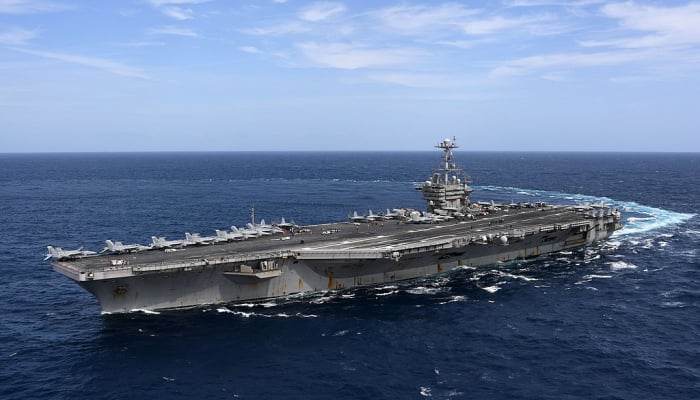

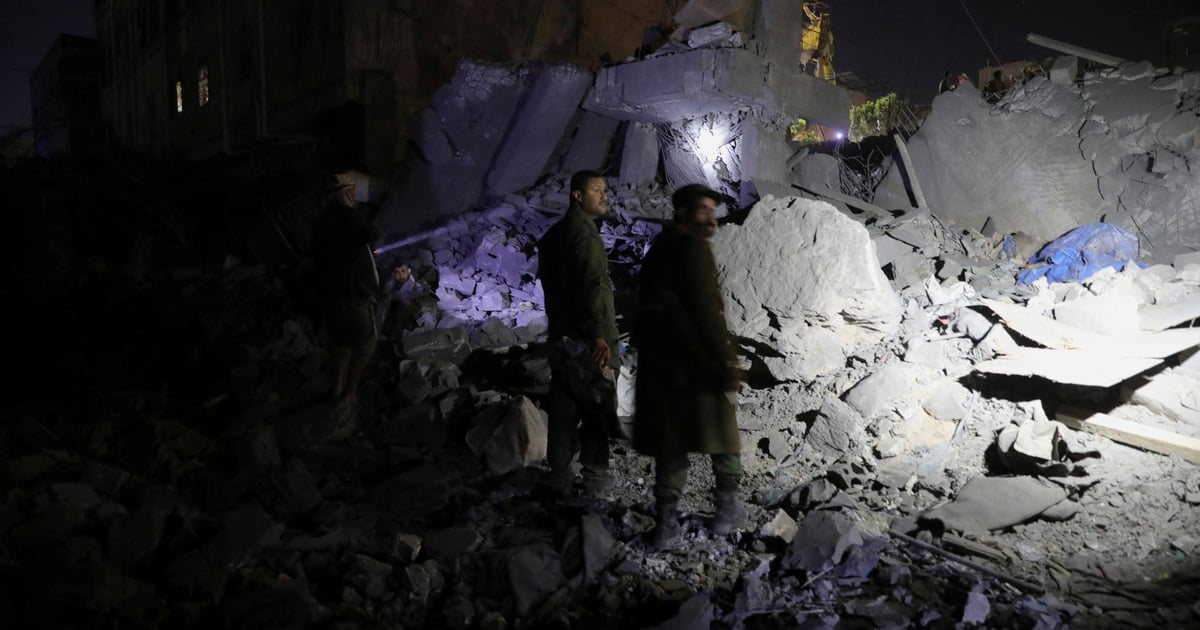

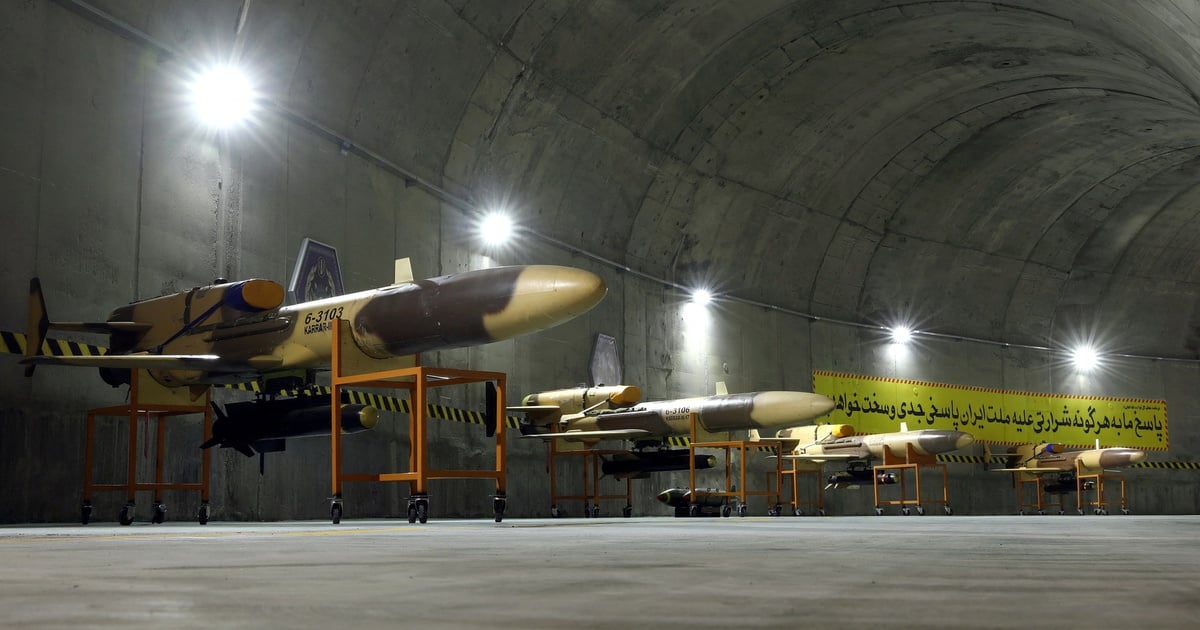

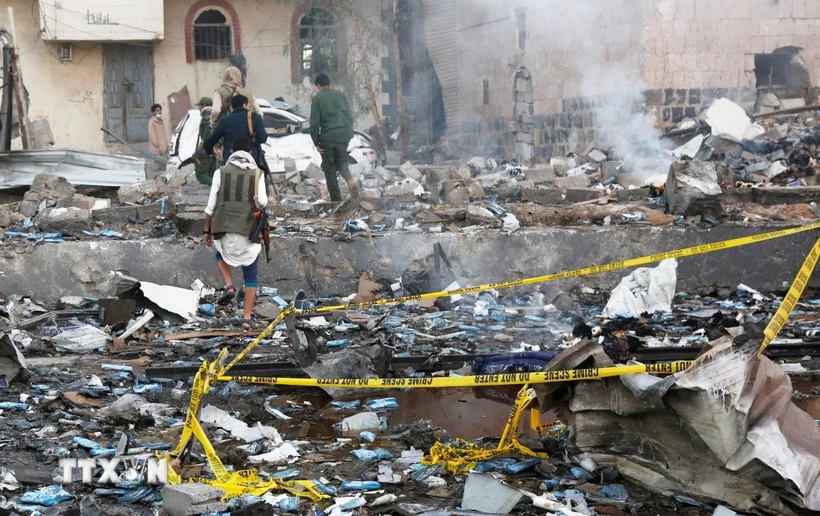















































































Comment (0)